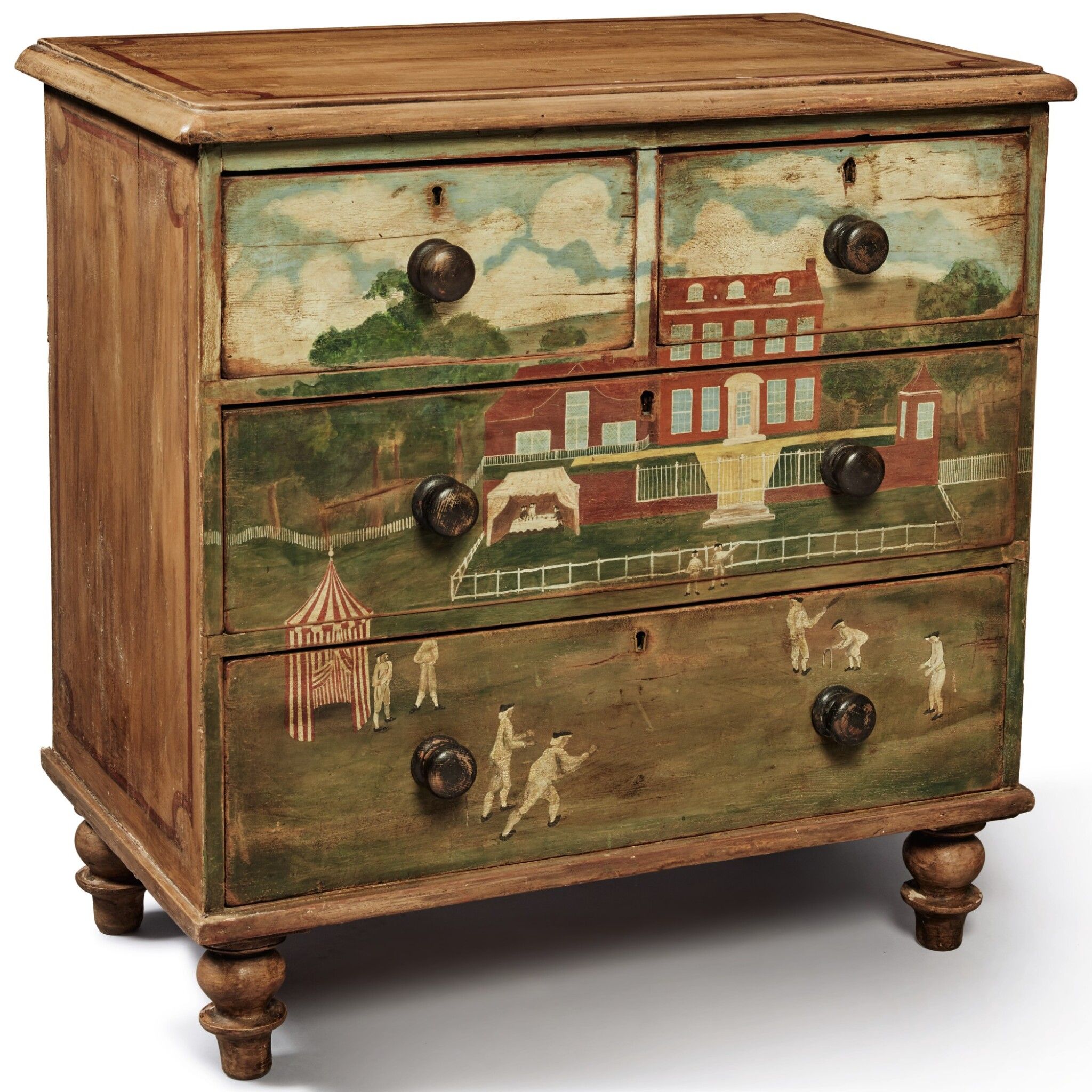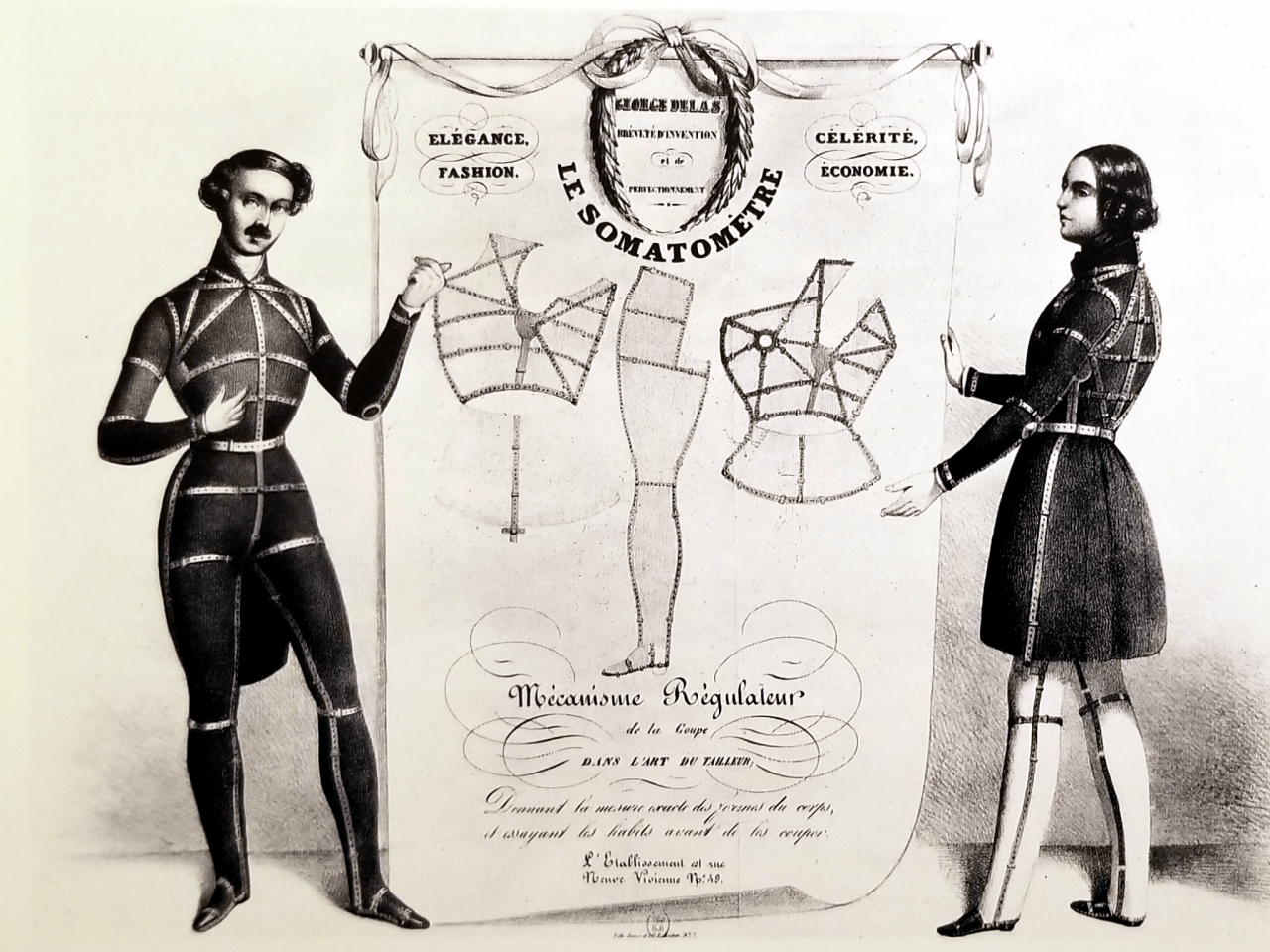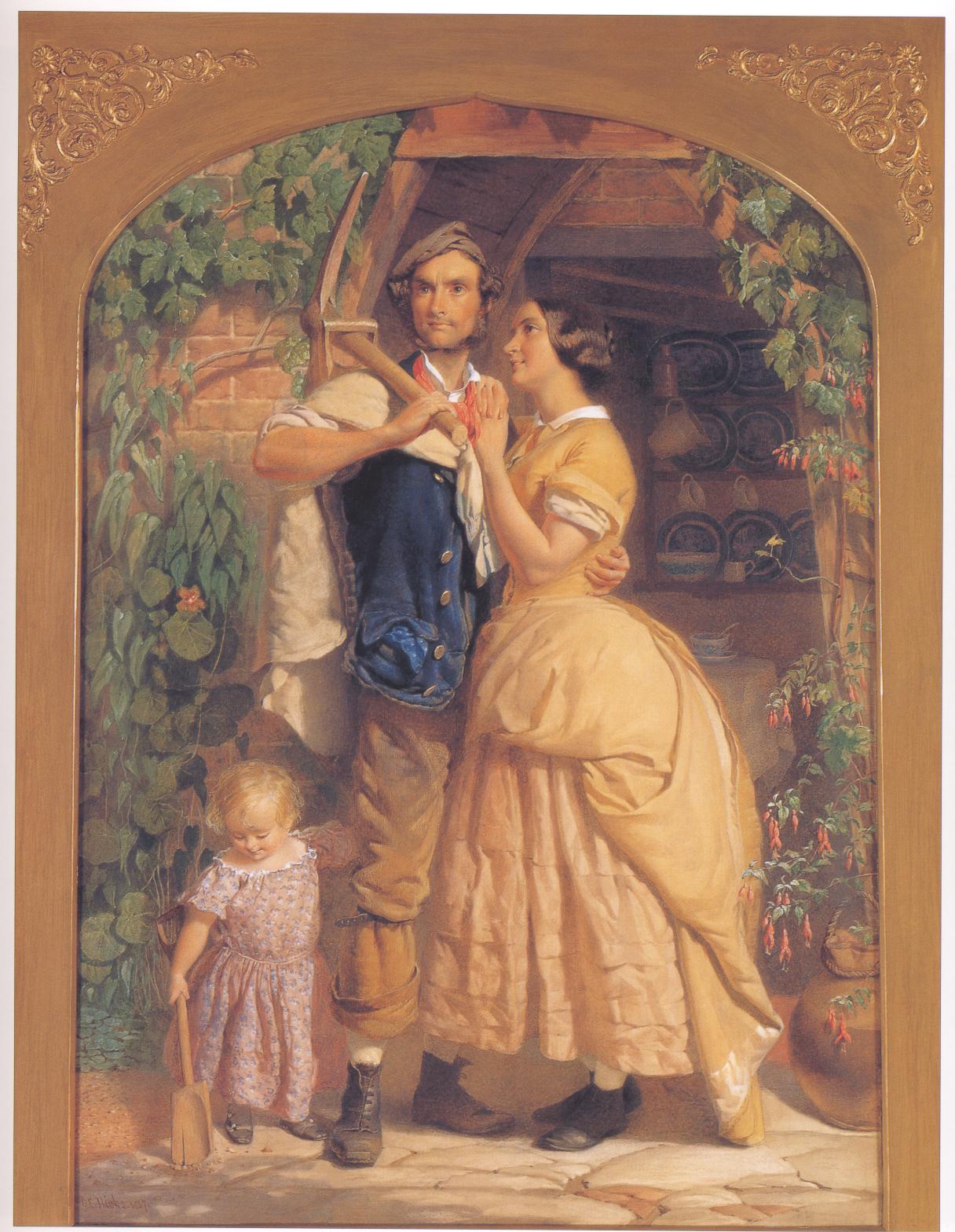Welcome to my blog, 19th Century! In this article, we will delve into the fascinating world of 19th century chaise lounges. Join me as we explore the elegance and opulence of these iconic furniture pieces that defined the luxurious lifestyle of the era. Let’s indulge ourselves in the enchanting allure of the 19th century chaise.
The Evolution of 19th Century Chaise: A Glimpse into the Golden Age of Elegance and Comfort
The 19th century marked a golden age of elegance and comfort, and one iconic piece of furniture that emerged during this time was the chaise lounge. The evolution of the 19th-century chaise provides a fascinating glimpse into the changing tastes and styles of the era.
Originally known as the “chaise longue,” which means “long chair” in French, these luxurious pieces emphasized both style and comfort. The chaise lounge was designed to accommodate the affluent lifestyle of the upper class, providing a place for relaxation and socializing.
During the early 19th century, the upholstery of chaise lounges featured opulent fabrics such as velvet and silk, often adorned with intricate patterns and ornate details. Elaborate carvings and gilded accents added an air of sophistication to these pieces, making them a statement of wealth and taste.
As the century progressed, the chaise lounge underwent a transformation in both design and functionality. The introduction of industrialization led to the use of new materials and manufacturing techniques, allowing for mass production and affordability.
In terms of design, the curved lines and graceful silhouettes of the early chaise lounges gave way to more streamlined and angular forms. The Victorian era, in particular, brought about a shift towards heavier and sturdier frames with exaggerated proportions.
In addition to changes in design, the chaise lounge also evolved in terms of functionality. Some variations introduced adjustable backs and armrests, allowing for personalized comfort and versatility. Others incorporated storage compartments or built-in tables, catering to the growing needs of the middle class.
By the end of the 19th century, the chaise lounge had become a staple in homes across Europe and America. Its presence symbolized both luxury and relaxation, serving as a testament to the refinement and sophistication of the era.
The evolution of the 19th-century chaise lounge reflects the changing tastes and lifestyles of the time. From its opulent origins to more accessible designs, this piece of furniture exemplified the elegance and comfort that defined the golden age of the 19th century.
Antique Victorian Couch Upholstery
Victorian Carriages (1959)
Frequently Asked Questions
What were the common materials used in the construction of 19th-century chaise lounges?
In the 19th century, chaise lounges were commonly constructed using a variety of materials.
Wood was a primary material used for the frame of the chaise lounge. Most commonly, hardwoods such as mahogany, walnut, and oak were used due to their durability and strength. These woods were often intricately carved and adorned with decorative details.
For the upholstery of the chaise lounge, fabrics such as silk, velvet, and damask were popular choices. These luxurious materials added elegance and comfort to the furniture piece. Additionally, tufting techniques were often employed to create a plush and textured appearance.
To provide extra support and cushioning, horsehair or coiled springs were used in the padding. This ensured a comfortable seating experience while maintaining the shape of the chaise lounge.
In some cases, other materials such as brass, bronze, or silver were incorporated into the design to enhance the overall aesthetic. These metal accents would be used for decorative elements like trimmings, feet, or scrolled arms.
Overall, the construction of 19th-century chaise lounges involved a combination of quality wood, luxurious upholstery, and attention to detail in order to create a sophisticated and functional furniture piece.
How did the design and function of chaise lounges evolve throughout the 19th century?
In the 19th century, the design and function of chaise lounges underwent significant evolution.
At the beginning of the century, chaise lounges were primarily used as pieces of furniture for relaxation. They typically featured a long, reclining seat with a backrest at one end and were often upholstered in luxurious fabrics such as silk or velvet. These early chaise lounges were often ornately decorated with intricate carvings and details, reflecting the prevailing aesthetic of the time.
However, as the century progressed, the design of chaise lounges started to change. In the mid-19th century, there was a shift towards more streamlined and functional designs. The Industrial Revolution brought about advancements in manufacturing techniques and materials, making it possible to produce chaise lounges with simpler and more practical forms.
One notable development during this period was the introduction of adjustable backrests. This feature allowed users to modify the angle of the backrest to their liking, providing greater comfort and versatility. Additionally, the upholstery materials became more diverse, with the use of leather, damask, and other durable fabrics becoming increasingly common.
Towards the end of the 19th century, the influence of the Arts and Crafts movement and the Art Nouveau style can be seen in the design of chaise lounges. Natural motifs and curved lines became popular, and the ornamentation became more restrained and focused on organic shapes.
Overall, the design and function of chaise lounges evolved from elaborate and decorative pieces to more streamlined and adjustable forms throughout the 19th century. This transformation was influenced by advances in manufacturing techniques, changing tastes, and the overall shift towards a more functional and practical approach to furniture design.
What roles did chaise lounges play in social settings during the 19th century?
In the 19th century, chaise lounges played significant roles in social settings. These luxurious and stylish furnishings were commonly found in upper-class homes and were often used as symbols of wealth and status.
Chaise lounges served various purposes in social settings during this period. They provided a comfortable space for relaxation and leisure, allowing individuals to recline and rest in a more casual manner than traditional seating arrangements.
Moreover, chaise lounges were highly versatile pieces of furniture that could be used for multiple activities. They were commonly utilized for activities such as reading, napping, and conversing. Their design allowed individuals to adjust their position and find the most comfortable angle for their relaxation or conversation needs.
Additionally, chaise lounges were often used as spectator seating in social gatherings and events. Whether it was a private gathering at home or a public event, these elegant furnishings offered guests a prime spot to observe and engage in conversations.
The presence of chaise lounges in a social setting also emphasized the importance of aesthetic appeal and interior design. They were often adorned with intricate carvings, plush upholstery, and decorative details, adding to the overall opulence and grandeur of the space.
Overall, chaise lounges during the 19th century were not only functional but also served as statements of wealth and refinement. They offered individuals a comfortable and luxurious space for relaxation, conversation, and observation, while also contributing to the overall atmosphere and ambiance of social settings.
The 19th century chaise holds a significant place in the historical context of this era. Its elegance, craftsmanship, and functionality exemplify the opulence and refinement of the time. The exquisite upholstery and intricate details of these chaises showcase the artistry and attention to detail that were highly valued during the 19th century.
Furthermore, these chaises played a crucial role in society, as they provided both comfort and status symbolization for the upper classes. Their graceful curves and luxurious fabrics made them a desirable addition to any home or salon, serving as a centerpiece for social gatherings and leisurely activities.
Moreover, the influence of the 19th century chaise is still visible today in modern furniture design. Its timeless elegance and classic appeal have inspired countless contemporary pieces that continue to captivate and adorn living spaces around the world.
Overall, the 19th century chaise remains a symbol of sophistication and refined taste, embodying the spirit of an era characterized by lavishness and artistic expression. Its enduring beauty and cultural significance serve as a testament to the lasting impact that furniture from this period has made and will continue to make in the world of interior design.






